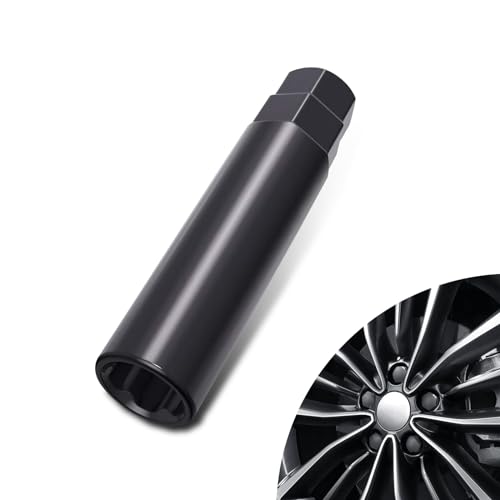I just discovered a huge problem with my Spark. This is something that should NEVER happen in any car, automatic, EV or ICE.
So, I arrived, stopped the car in my driveway, and with the lever in D turned the power off. It's a Leaf habit since the Leaf gear knob is all electronic unlike this dummy traditional lever in Spark, electronic as well but emulating traditional automatic. Power's off, so I let go of the brake.
And the car ROLLS!
I said, WHAT? That cannot be happening! I'm in "gear". No automatic or even a stick rolls like it's in neutral when in gear. I mean, Spark lever has an N position. That would be the only time it should roll. That's what it's for!
I tried it with L. Same result. Drive up, turn off power, let go of the brake, and the car rolls backwards. Yeah, there is that message, "put lever in Park." Thanks for the suggestion, Sparky. Tell that to the judge.
Chevy, this one calls for an immediate sofware fix before someone gets run over and killed. I kid you not. This is as dangerous as it gets. Spark driving off vista points, kids on tricycles run over in the driveways by their parents, driverless Sparks going down San Franciscto hills with the drivers tangled in seat belts hanging out the driver's door...
The scenarios are limitless. So are the lawsuits.
Go ahead, GM, pat me on the back.
So, I arrived, stopped the car in my driveway, and with the lever in D turned the power off. It's a Leaf habit since the Leaf gear knob is all electronic unlike this dummy traditional lever in Spark, electronic as well but emulating traditional automatic. Power's off, so I let go of the brake.
And the car ROLLS!
I said, WHAT? That cannot be happening! I'm in "gear". No automatic or even a stick rolls like it's in neutral when in gear. I mean, Spark lever has an N position. That would be the only time it should roll. That's what it's for!
I tried it with L. Same result. Drive up, turn off power, let go of the brake, and the car rolls backwards. Yeah, there is that message, "put lever in Park." Thanks for the suggestion, Sparky. Tell that to the judge.
Chevy, this one calls for an immediate sofware fix before someone gets run over and killed. I kid you not. This is as dangerous as it gets. Spark driving off vista points, kids on tricycles run over in the driveways by their parents, driverless Sparks going down San Franciscto hills with the drivers tangled in seat belts hanging out the driver's door...
The scenarios are limitless. So are the lawsuits.
Go ahead, GM, pat me on the back.


























